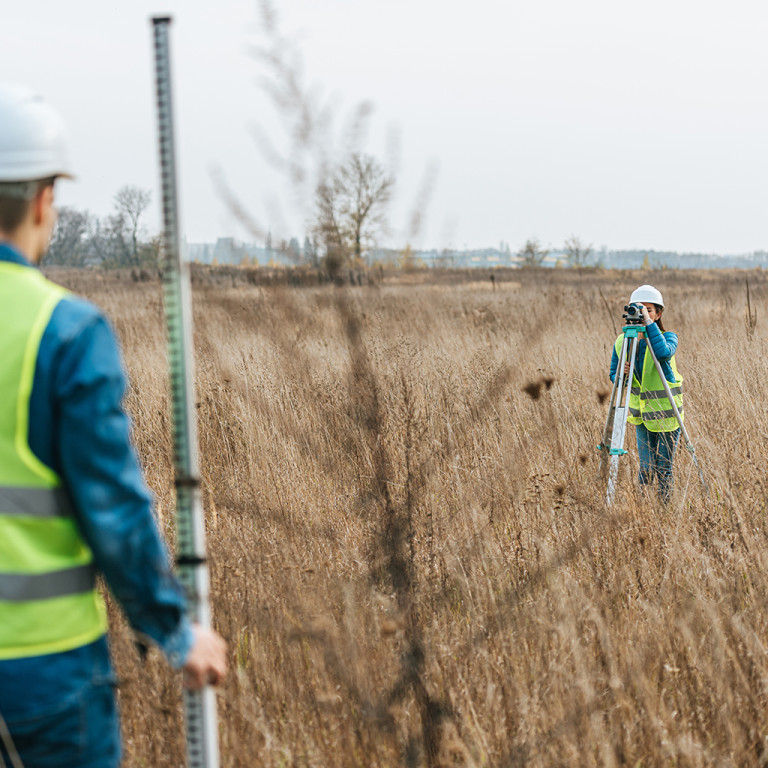If you have submitted a planning application and been told by the Local Planning Authority that a Section 106 Agreement will need to be completed before planning permission is granted you may be wondering what this means.
What is a Section 106 Agreement?
A Section 106 Agreement is an agreement used to secure planning obligations in connection with a planning permission.
It will usually bind the whole of the application site and is entered into between the Local Planning Authority and any person with an interest in the application site such as its owner or a mortgage lender.
Once completed, the Section 106 agreement will be binding on both the original parties to the agreement as well as their successors in title such as any future owners of the land.
What is a planning obligation?
Planning obligations are legal obligations required to mitigate any unacceptable impacts of your proposed development to make it acceptable in planning terms.
They can take the form of a:
- restriction on the authorised development or use of the application site;
- requirement to undertake certain operations or actions in, on, under or over land (which does not necessarily have to be the application site, it can include land outside of the application site and outside of your ownership such as the highway);
- requirement to use the application site in a certain way; or
- requirement to pay a sum or sums to the Local Planning Authority on a certain date or periodically.
Some common examples of a planning obligation include affordable housing contributions, financial contributions towards education or sports and play facilities, and off-site highway works.
When will a planning obligation be required?
A planning obligation may be required by a Local Planning Authority where the tests set out in Regulation 122 of the Community Infrastructure Levy Regulations 2010 are met.
This Regulation provides that a planning obligation must be:
- necessary to make the development acceptable in planning terms;
- directly related to the proposed development; and
- fairly and reasonably related in scale and kind to the proposed development.
How do I enter into a Section 106 Agreement?
If your Local Planning Authority have decided to grant planning permission subject to the prior completion of a Section 106 agreement, they will usually instruct their lawyers to prepare the first draft for your or your solicitor’s review and comment.
The Section 106 agreement would then be negotiated between you/your solicitor and the Local Planning Authority until agreement is reached on the wording. Once agreed, the agreement will then be signed by all parties and can be completed subject to you paying the Local Planning Authority’s legal costs and expenses in the matter.
How can we help?
Our experienced team of planning lawyers are on hand to advise and assist with the negotiation of Section 106 agreements and can be contacted by telephone on 01392 207 020 or emailed at enquiries@tozers.co.uk






